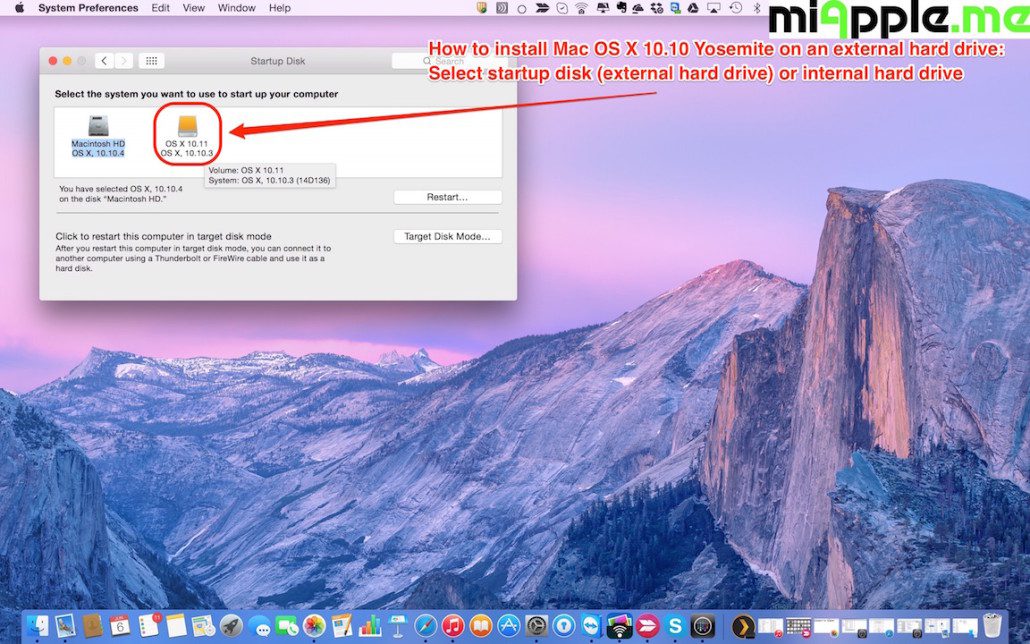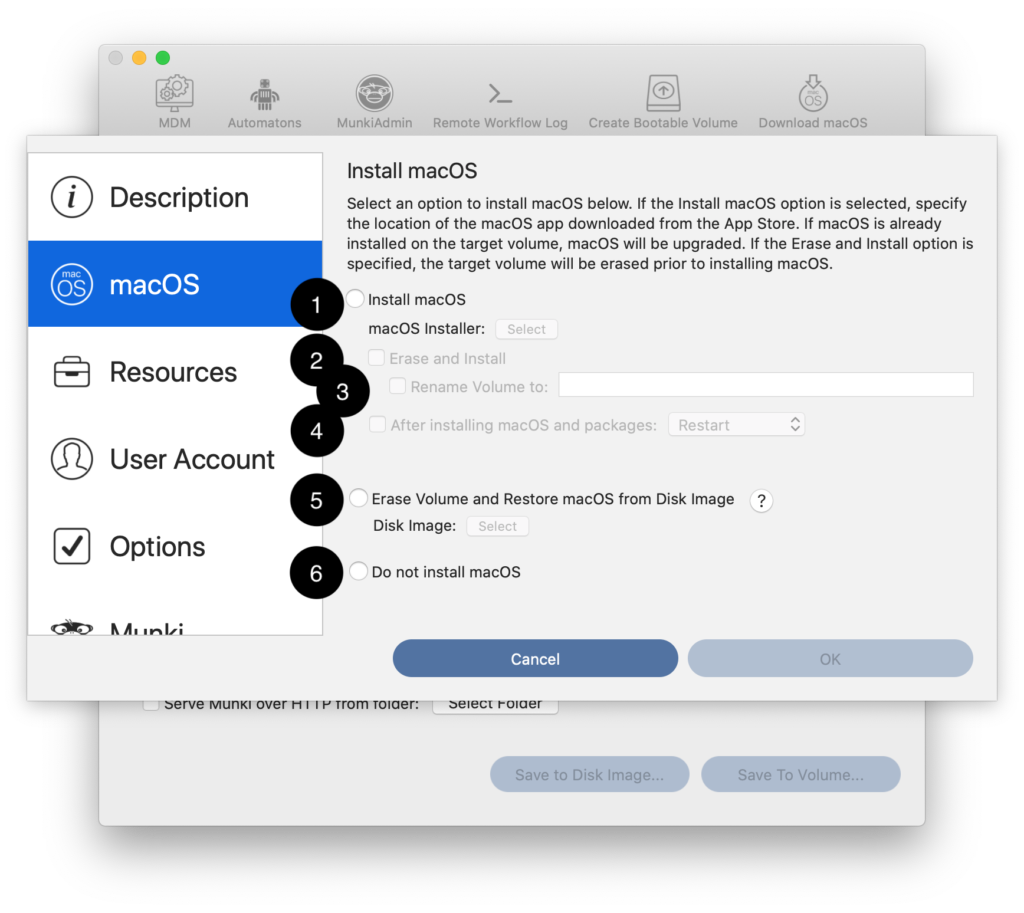

Click the Partitions pop-up menu, then choose a partition layout.To encrypt the disk image, click the Encryption pop-up menu, then choose an encryption option.If the disk will be used with Windows or Mac computers and is over 32 GB, choose ExFAT.If the disk will be used with Windows or Mac computers and is 32 GB or less, choose MS-DOS (FAT).If the disk will be used with Macs, choose Mac OS Extended (Journaled) or Mac OS Extended (Case-sensitive, Journaled).With macOS, to create an empty disk image, launch Disk Utility by opening Launcher, go into the “Other” folder, and then click the Disk Utility icon. Just create an image of that drive and store it. If you want to keep data from a computer, you don’t need to keep the actual hardware around.This gives you the flexibility to change back to any preferred configuration. You can make as many different images as you want.There’s no need to set up every computer separately or set up the whole operating system from scratch.There’s a lot of benefits to disk imaging, as noted by Dmitry Shesterin at. You can fill an empty disk image with data, then use it to create disks, CDs, or DVDs. In other words, it’s a file that contains other files and folders. A disk image (.dmg file) is a file that looks and acts like a mountable device or volume. In any case, those should be all the pointers you need, I hope.Using the Disk Utility in macOS, you can create a blank disk image for storage. I do not know if they have a equivalent on-disk file representation such as the classic Alias files do, but maybe they're even the very same. CFURL Bookmarks are better managed by the system at runtime. This is the the modern replacement of the Alias API and exists only since OSX 10.6. There is also the "Alias Manager" API, including the function FSResolveAliasFileWithMountFlags which is exactly what you asked for: It lets you not only find the target of an alias but also choose if the disk shall be made available if it's unmounted, and if the user should be asked to login if necessary.ĬFURL Bookmarks. The Finder will attempt to bring the volume back, even ask you to provide the login information if necessary.

You can see these in action for yourself if you simply create an Alias of a file (using the Finder's "Make Alias" command in the File menu), then rename or move it, or unmount its volume. They also contain information about the volume they were on, including mounting information if it's on a network volumes.

Those existed already in pre-OSX MacOS and are structured files that contain several ways to locate a file or folder, even it it has been moved or renamed. There are two solutions, API wise:Īliases. The Alias Manager can handle it all for you.Ĭhris Suter was already pretty close. Short answer: No need to mess with the "Disk Arbitration framework".


 0 kommentar(er)
0 kommentar(er)
